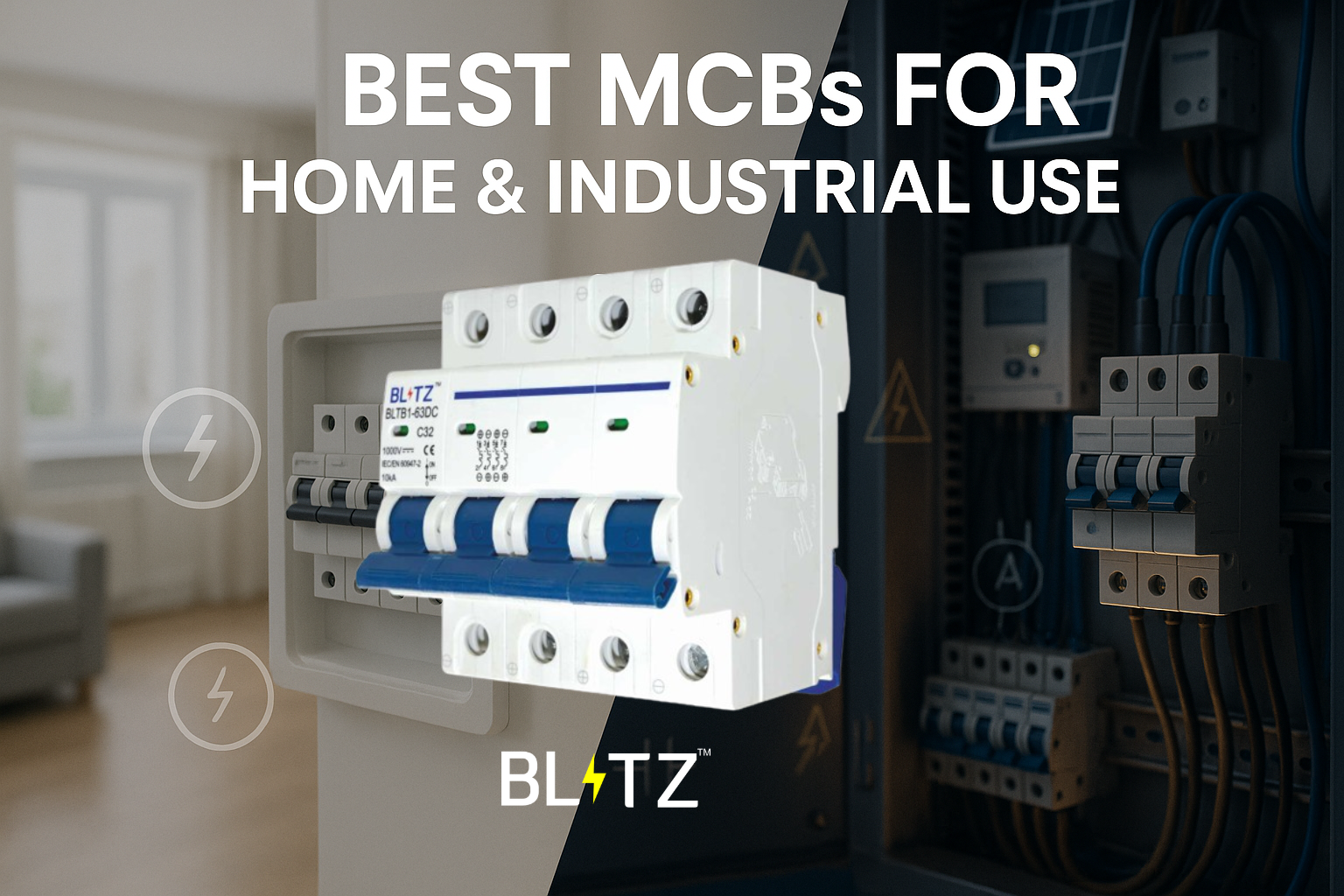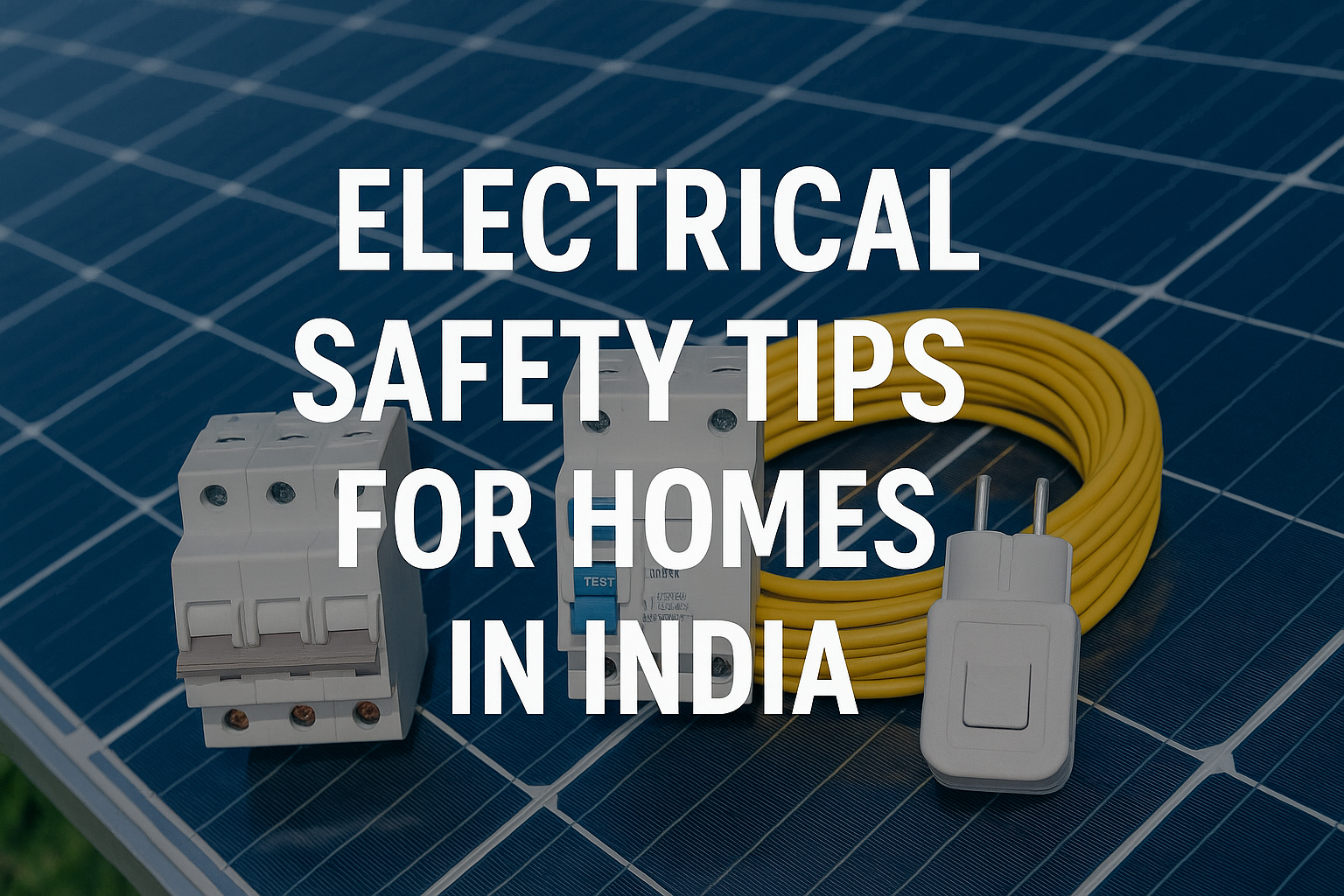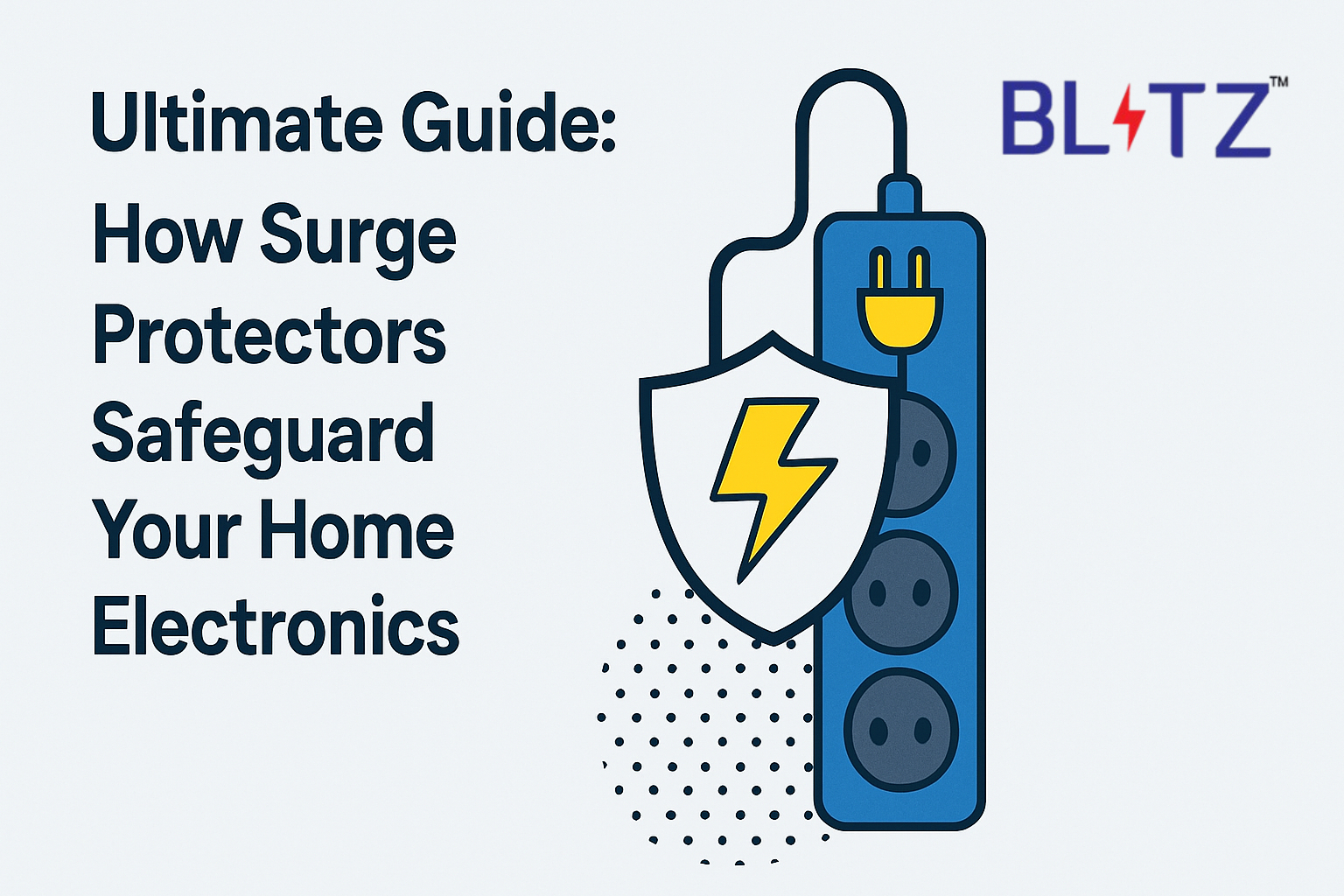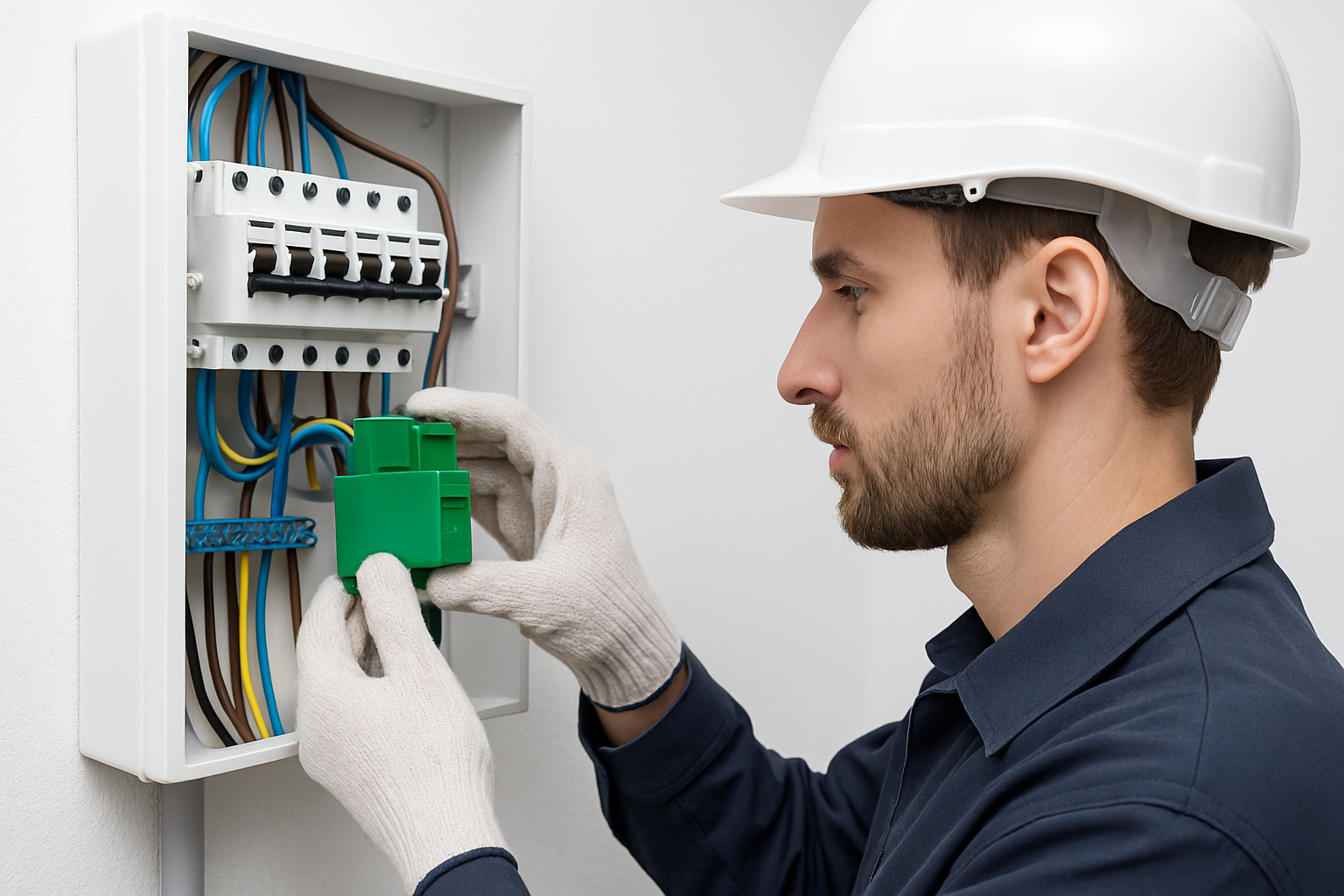
Top Mistakes to Avoid While Choosing an MCB
Discover the top mistakes to avoid when choosing an MCB for your home or business. Learn how the right MCB ensures safety, efficiency, and long-lasting electrical protection.
Top Mistakes to Avoid While Choosing an MCB
When it comes to specifying the right Miniature Circuit Breaker (MCB) to protect your home or office against electrical dangers, it is important to make the right choice. The first line of protection is an MCB which prevents short circuiting, overloading, and electrical fires. However, numerous individuals commit errors when choosing an MCB, and it could affect the safety and efficiency.
This blog will take you through the best mistakes to avoid when selecting an MCB, and we will also provide some practical tips to enable you to select the right one based on your needs. This guide will assist you to make an informed decision regardless of whether you are a homeowner, electrician or business owner.
Why Choosing the Right MCB Matters
- Hazard prevention - Insures your appliances and wiring.
- Safety assurance - Reduces the risks of electric fires and shocks.
- Money saver - It can save from costly repairs and replacements.
- Efficiency increase - Supplies continuous power without nuisance tripping.
1. Ignoring Load Requirements
One of the biggest mistakes is not calculating the electrical load before buying an MCB. Each MCB is rated by its current carrying capability (such as 6A, 10A, 16A, etc.). When your load is larger than your MCB can handle, it will easily trip or worse, not protect during an overload.
TIP: To determine the correct ampere rating of an MCB, divide your total load (in watts) by that of the supply voltage (230V in homes) and then select an MCB with the appropriate ampere rating.
2. Choosing the Wrong Type of MCB Curve
MCBs come with different tripping characteristics, commonly known as B, C, and D curves. Each type is designed for specific applications:
- B Curve - Suitable for residential loads like lights and fans.
- C Curve - Used for inductive loads like air conditioners, pumps, and refrigerators.
- D Curve - Suitable for heavy-duty industrial equipment.
Using the wrong curve type can lead to nuisance tripping or ineffective protection.
3. Overlooking Brand and Quality
It is tempting to go with the cheapest option, yet the trip time of low-quality MCBs in case of fault could be delayed. This may lead to severe fires. MCBs that are tested in terms of safety and durability are produced by trusted brands such as Blitz, Havells, Schneider, or Legrand.
Note: When getting an MCB, always ensure that it is ISI certified, IEC compliant and has a warranty.
4. Not Considering the Number of Poles
MCBs are available in single-pole, double-pole, triple-pole, and four-pole options. Many people wrongly choose a single-pole MCB for all situations.
- Single-pole - Protects one live wire (used in homes).
- Double-pole - Protects both neutral and live (to be extra safe).
- Triple/Four-pole - Triple pole: applied in three phase connection in industries and commercial systems.
Note: To be perfectly safe, it is always advisable to use the right pole set-up.
5. Neglecting Short Circuit Capacity (Breaking Capacity)
Every MCB has a short circuit capacity (kA rating)—the maximum current it can interrupt safely. A common mistake is selecting an MCB without considering this.
- For homes: 6kA is usually sufficient.
- For commercial/industrial setups: 10kA or higher is recommended.
If the fault current exceeds the MCB’s breaking capacity, it may fail to protect the circuit.
6. Incorrect Installation
Even the best MCB can fail if not installed properly. Loose wiring, wrong placement, or mixing up line and neutral can lead to malfunction. Many people buy the right MCB but compromise on installation.
Tip: Always hire a certified electrician for installation.
7. Not Future-Proofing
During the selection of MCBs, people only consider the current demands neglecting the expansions in the future. You will need to add your load with the possible addition of appliances such as air conditioners, EV chargers, or water heaters. An underrated MCB won’t be sufficient later.
Tip: Plan for at least 20–30% extra capacity while choosing your MCB.
8. Ignoring Aesthetics and Ease of Use
While safety is the top priority, modern MCBs also come with sleek designs, better switch feel, and compact sizes. Ignoring this may lead to cluttered distribution boxes and poor usability.
FAQs
Conclusion
The correct MCB does not only depend on the cost, but safety and reliability and peace of mind. You can keep your home, office or industry safe by not making such typical errors as not taking load requirements into consideration, or using the incorrect MCB curve or cutting corners.
Always keep in mind that MCB is a small investment but offers a huge protection. Better not to cut corners, make a wise decision, consult a specialist, maybe necessary and ensure your electrical system, years to come.




